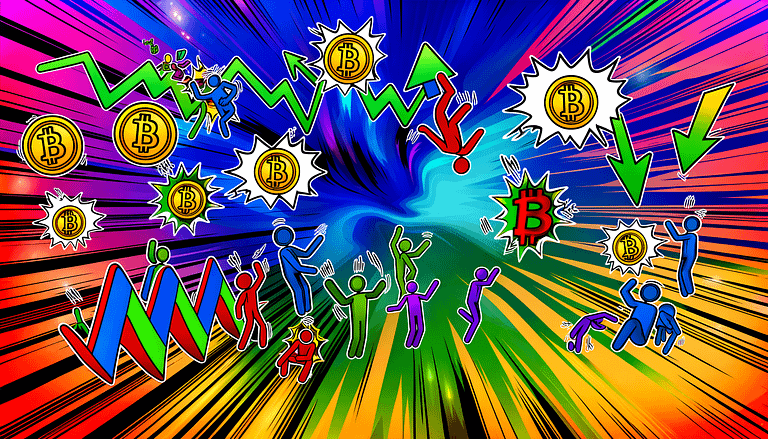Crypto Clicker Games Surge, Sparking Ponzi Concerns
In A Nutshell
The burgeoning field of crypto clicker or idle games, exemplified by titles such as Notcoin and Hamster Kombat, is experiencing a meteoric rise in popularity. These games, which incorporate play-to-earn (P2E) mechanics within user-friendly interfaces, have amassed tens of millions of users by promising digital currency rewards for simple gameplay actions. Despite their rapid growth and significant player engagement, questions about the sustainability, economic models, and real-world utility of the tokens distributed by these games persist.
The Rise of Crypto Clicker Games
Crypto clicker games have captivated a vast audience by integrating the allure of cryptocurrency earnings with the addictive nature of idle games. Notcoin, with over 40 million players, and Hamster Kombat, boasting an astounding 142 million users, represent the forefront of this trend. These games have seen their native tokens surge in value, with Notcoin’s NOT token appreciating by 240% at its peak. This growth trajectory has outpaced that of major social media platforms, signaling a significant shift in user engagement and investment in the crypto gaming sector.
Attracting Players with Simple Mechanics
The core gameplay of clicker games is straightforward: players perform repetitive actions, such as tapping their screen, to earn digital currencies. This model has proven to be exceptionally successful in attracting users who may be new to the crypto space, offering an accessible entry point without the need for deep technical knowledge. Key figures in the industry, such as Inal Kardan of TON Foundation and Chris Zhu of Sonic, emphasize the potential of these games to onboard new users into the crypto ecosystem through familiar social media platforms like Telegram.
Concerns Over Sustainability and Tokenomics
Despite their popularity, the sustainability of crypto clicker games is under scrutiny. Critics argue that the economic models of these games bear similarities to Ponzi schemes, benefiting early adopters at the expense of later entrants. The rapid increase in user numbers and token values raises fears of market saturation and potential crashes, reminiscent of past crypto bubbles. Experts like Luke Paglia and Yaniv Baruch stress the importance of balanced tokenomics and game design to prevent inflationary spirals and ensure long-term viability.
Future Directions and Innovations
For crypto clicker games to maintain their growth and retain player interest, developers are exploring ways to deepen gameplay and introduce new features. Notcoin’s “Explore” initiative and Hamster Kombat’s plans to launch its HMSTR token on the TON blockchain are steps toward creating more engaging and sustainable gaming experiences. These endeavors highlight the need for games that are not only fun to play but also offer genuine value and utility to their tokens.
Our Take
The explosive popularity of crypto clicker games reflects a broader interest in accessible forms of cryptocurrency investment and engagement. While these games have succeeded in drawing vast numbers of users, their long-term success hinges on the development of sustainable economic models and meaningful gameplay innovations. As the market evolves, both players and developers must navigate the challenges of token economics, user retention, and game depth to ensure that this new gaming genre can thrive beyond the initial hype. For enthusiasts and investors alike, a cautious approach, informed by an understanding of the underlying mechanics and market dynamics, is advisable.







